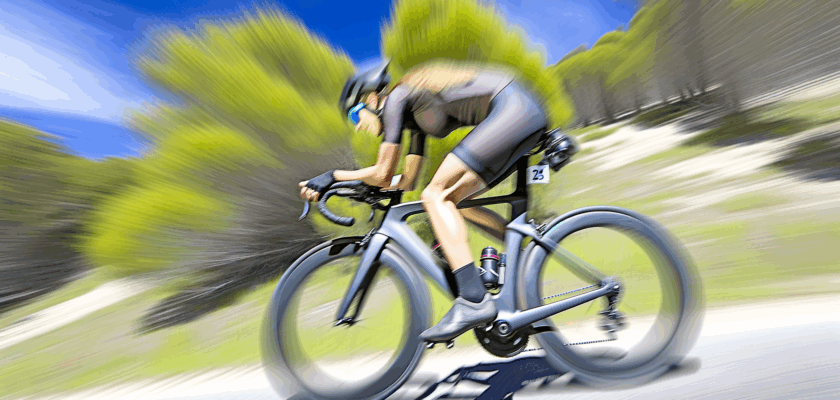Cycling power meters have revolutionized the way cyclists train and race, providing precise and actionable data to optimize performance. Whether you are a casual rider or a competitive athlete, building a reliable power meter setup can enhance your understanding of power output, pacing, and training efficiency. This article explores the essential components to consider when choosing a power meter and offers a step-by-step guide to installing the system on your bike.
Choosing the Right Components for Your Power Meter
Selecting the appropriate components for your cycling power meter setup is critical for accuracy, compatibility, and durability. Power meters come in various forms, including crank-based, pedal-based, hub-based, and chainring-based systems. Each type has advantages and limitations depending on your bike type, riding style, and budget. For example, crank-based meters are known for their accuracy and reliability but may require professional installation, while pedal-based meters offer easy swapability between bikes.
Another important factor is the communication protocol your power meter uses. Most modern power meters support ANT+ and Bluetooth Smart, enabling seamless connection to cycling computers, smartphones, and training apps. Verifying compatibility with your existing devices ensures a smooth user experience. Battery life and ease of maintenance also play a pivotal role; some power meters offer rechargeable batteries, while others use replaceable coin cells, impacting long-term upkeep.
Finally, consider your budget alongside the features offered. High-end power meters provide advanced metrics such as left/right leg balance, torque effectiveness, and pedal smoothness. However, more affordable options might suffice for riders focusing primarily on basic wattage data. Evaluating the trade-offs between price, features, and precision will help you choose a power meter that meets your training needs without unnecessary expense.
Step-by-Step Guide to Installing Your Power Meter Setup
Installation of a power meter varies depending on the type and brand but generally follows a series of straightforward steps that can be completed with common cycling tools. Before beginning, ensure your bike is clean and stable, ideally on a repair stand. If installing a crank-based meter, carefully remove the existing crank arms and bottom bracket if necessary, following manufacturer instructions closely to avoid damage.
Next, install the power meter components, such as the crank arms or pedals, ensuring all bolts are torqued to the recommended specifications. For pedal-based systems, installation may be as simple as swapping out your current pedals with the power meter pedals. Hub and chainring power meters require more specialized knowledge and may benefit from professional installation to guarantee accuracy and safety.
Once the hardware is installed, calibrate the power meter according to the manufacturer’s guidelines. This usually involves zero-offset calibration through your cycling computer or app. Pair the power meter with your devices using ANT+ or Bluetooth, and verify that wattage data is being transmitted correctly during a short test ride. Regularly checking calibration and battery status ensures reliable data collection over time.
Building your own cycling power meter setup can be a rewarding investment in your training journey, providing vital insights that help you ride smarter and perform better. By carefully choosing the right components and following proper installation procedures, you can ensure accurate and consistent power measurement tailored to your needs. Whether upgrading your current bike or building from scratch, a well-executed power meter setup empowers you to push your limits with confidence.

